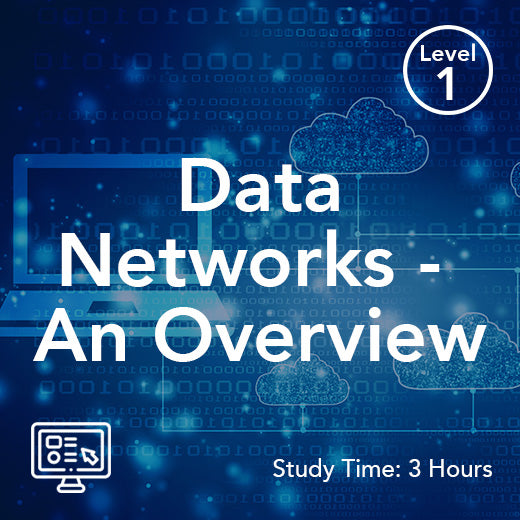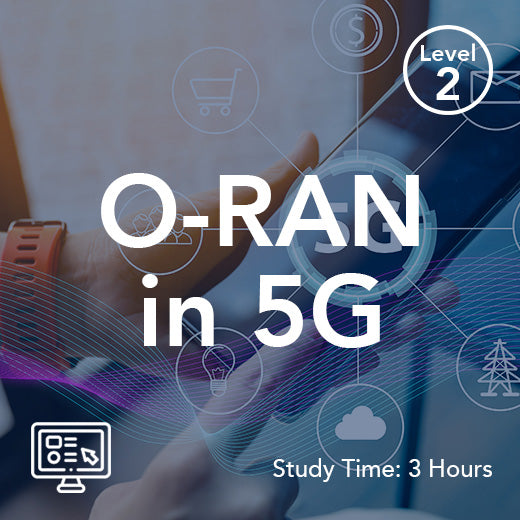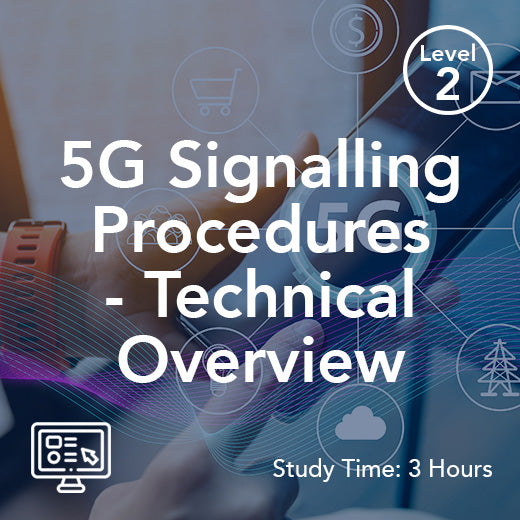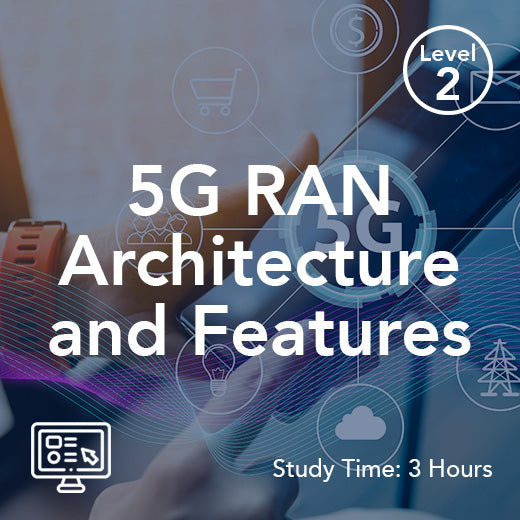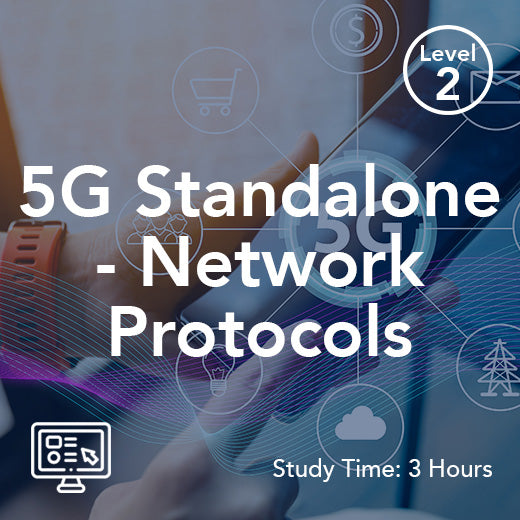What is vCU and vDU in 5G?
- , by Paul Waite
- 1 min reading time
With the advent of 5G technology, the concept of virtualized Central Unit (vCU) and virtualized Distributed Unit (vDU) has gained prominence in the telecommunications industry. These virtualized units play a crucial role in the deployment and operation of 5G networks, offering increased flexibility, scalability, and efficiency compared to traditional hardware-based solutions. Innovation in telecommunications, particularly through virtualization and general-purpose hardware, is driving the adoption of virtualized vCU and vDU systems, enabling more flexible and cost-effective network solutions.
To understand the significance of vCU and vDU in 5G, it is important to first grasp the basics of the 5G architecture. 5G networks are designed to support a wide range of use cases, from enhanced mobile broadband to massive machine-type communications and ultra-reliable low-latency communications. To achieve this, 5G networks are built on a flexible and scalable architecture that can adapt to the diverse requirements of different applications. Ongoing development efforts in telecommunications, such as virtualized base stations and Cloud RAN, are continuously improving the performance, flexibility, and reliability of wireless communication systems.
The vCU and vDU are key components of the 5G Radio Access Network (RAN) architecture. The RAN is responsible for connecting user devices to the core network and enabling communication between devices and services. In traditional RAN architectures, the CU and DU are physical hardware components that perform specific functions, such as processing and routing of data packets. As products, vCU and vDU enable scalable and automated 5G and Open RAN deployments, supporting modern telecom ecosystems.














